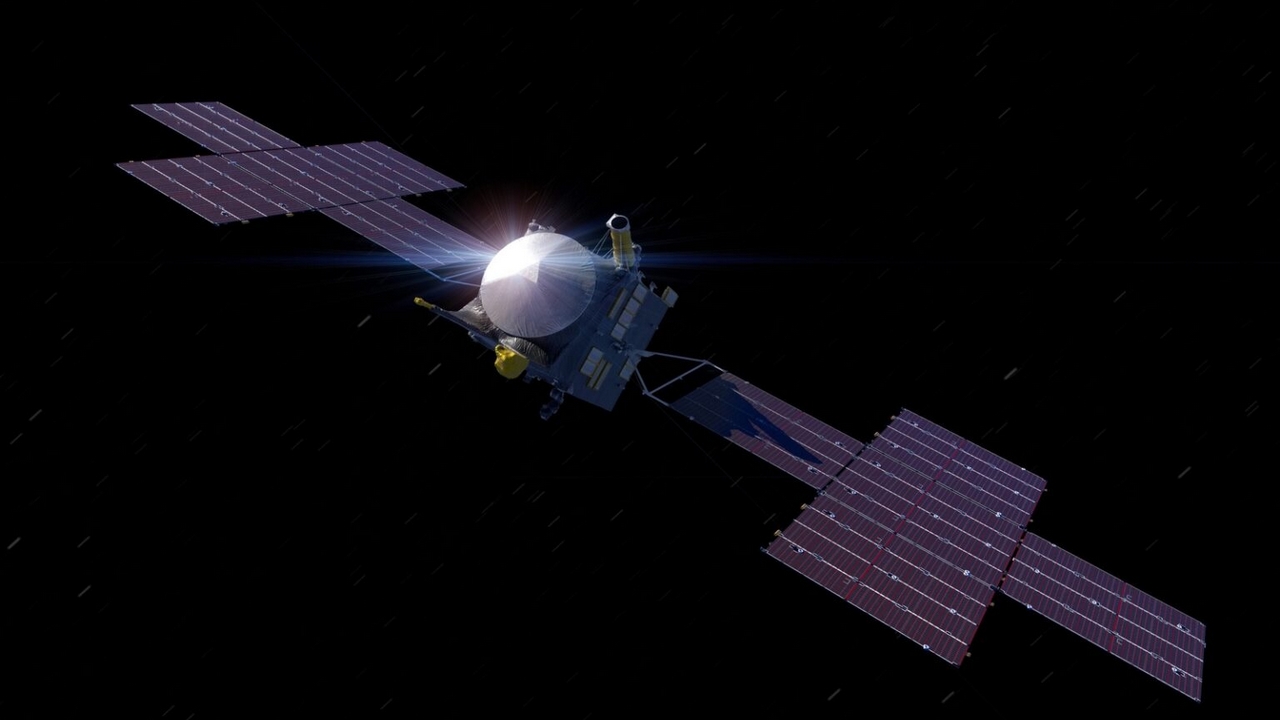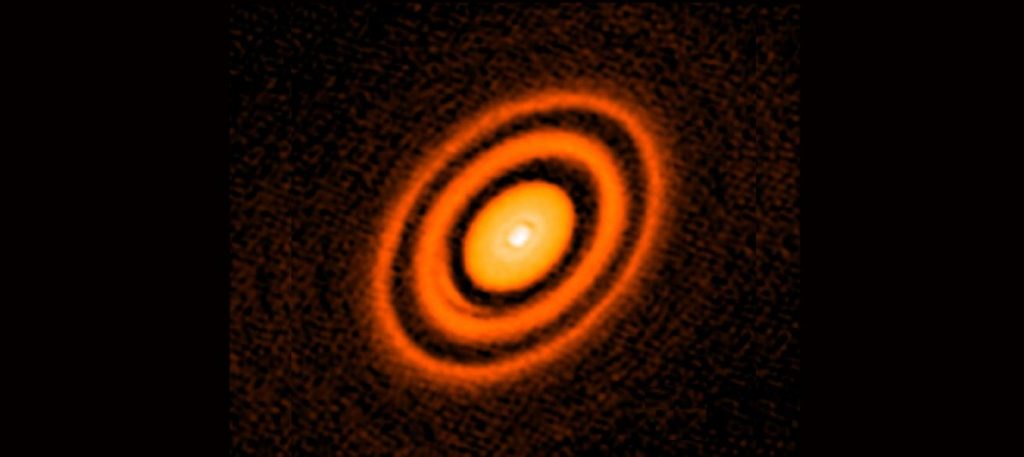Earth could be different from what we know. In fact, scientists have noticed that our planet is relatively small compared to the rocky inner planets seen in other star systems, and it seems that they discovered The answer to why the giant Earth was not formed.
according to one The study was published in natural astronomy, in fact, by simulating the formation of the solar system hundreds of times on a computer, it turns out that the most accurate model for reproducing the formation that we can observe today is the one that sees The sun was originally surrounded by huge rings of gas and dust: a feature that astronomers have already noticed in young and distant stars in the space.
This model, in fact, results in Earth in dimensions as we know it, but it also proves reliable in reference to other properties of the Solar System such as the presence of the asteroid belt between Mars and Jupiter, the masses of the inner planets and the Kuiper belt of comets and asteroids.
Something happened in the solar system that prevented the Earth from growing into a much larger type of terrestrial planet called Super-Earth.And
Astronomer Andre Isidoro of Rice University explains.
By super-Earth we mean a rocky planet very similar to our own, with an atmosphere and the potential to host liquid water (and thus life) on its surface. But with one big difference: size. Planets of this type are found around a third of the Sun-like stars in the Milky Way. Hence the question: Why did things go differently in our solar system?
The answer, as mentioned, lies in Areas of high pressure of gas and dust that would have surrounded the sun when it was born. Simulations have shown that there may have been three distinct regions around our star, called sublimation lines, where solid particles turn into a gas. Then the solid particles accumulate, forming huge rings. Over time, the gases and dust surrounding the Sun cooled and the sublimation streaks got closer and closer to the star.
Thus, the ring closest to the Sun is what caused the formation of the inner planets, namely Mercury and Venus, Mars And the land itself. Instead, the central ring would have been responsible for creating the planets of the outer solar system, while the outer ring would have produced the current system of comets, asteroids, and small celestial bodies in the Kuiper belt, outside of Neptune’s orbit. If the central ring had formed late, again according to simulations, then there would be room for super-terrestrial planets to appear, and therefore our planet (but not only) could be much larger than that.

“Internet trailblazer. Travelaholic. Passionate social media evangelist. Tv advocate.”







More Stories
NASA's Psyche space probe communicates via laser with Earth from a distance of 226 million kilometers
A possible explanation for one of cosmology's greatest mysteries has arrived
From Earth to the Moon at the speed of light: Watch the chilling video